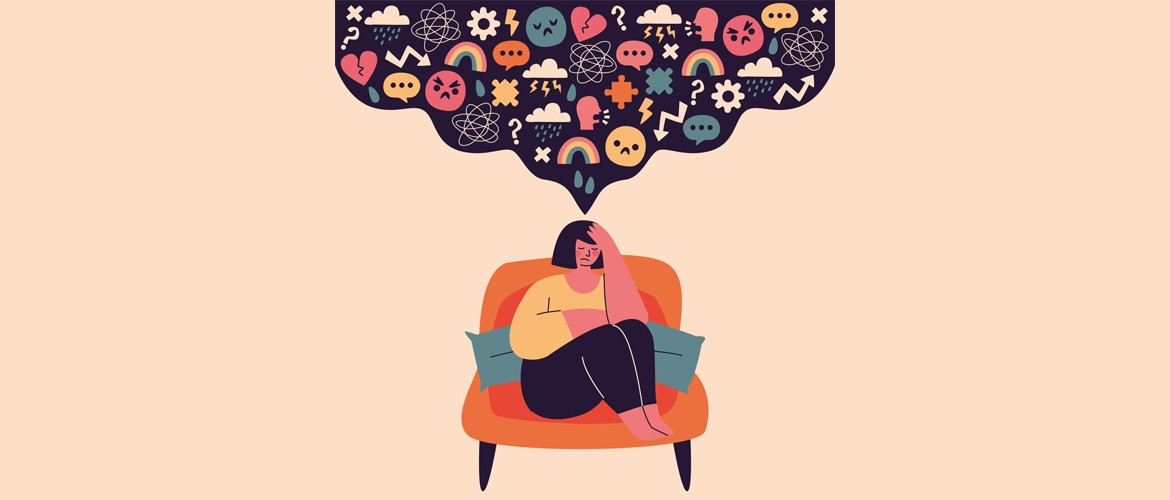Have you ever found yourself wondering about How To Deal With Depression? It is a serious and often misunderstood condition that affects millions of people worldwide. Practical strategies and tools that can help in dealing with depression. Whether you or someone you know is struggling with depression, this guide offers insights and actionable steps to navigate through it.
What is Depression?

Depression is more than just feeling sad or having a rough day, it’s a deep and ongoing sense of sadness, emptiness, or hopelessness that can last for weeks, months, or even longer. It’s like a heavy cloud that hangs over everything, making it hard to enjoy the things you used to love or even find the energy to get through the day.
It’s important to know that depression isn’t something you can just “snap out of.” It’s a real mental health condition that affects how you think, feel, and act. It can make even the simplest tasks feel overwhelming and sometimes make you feel disconnected from the people and things that matter to you.
Don’t worry my friend, you’re not alone in this. Many people experience depression, and it’s okay to ask for help. Whether it’s talking to a friend, a counselor, or a doctor, there are ways to manage it and start feeling better again.
To learn how to deal with depression, you first need to understand its types.
Types of Depression
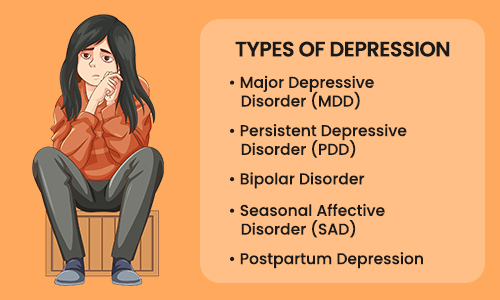
1. Major Depressive Disorder (MDD)
It’s when feelings of sadness, hopelessness, or emptiness become so intense that they affect your everyday life for weeks or even months. You might lose interest in things you used to love, have trouble sleeping or eating, and just feel like everything takes too much effort.
2. Persistent Depressive Disorder (PDD)
This is also called dysthymia. It’s a milder but longer-lasting type of depression. Imagine feeling like you’re stuck in something for years. Life doesn’t feel as bright as it used to be before. You might not have the deep sadness of major depression, but you also don’t feel really happy.
3. Bipolar Disorder
This type of depression is different because it includes mood swings. You might feel really high-energy and excited (that’s called mania or hypomania) one moment and then drop down to deep sadness the next. When you’re in the low phase, it feels a lot like major depression, but it happens after or before those times of high energy and activity. It’s like riding a roller coaster of emotions.
4. Seasonal Affective Disorder (SAD)
SAD typically shows up when the seasons change, especially during fall and winter when there’s less sunlight. You might feel sluggish, tired, or down during these months, and it can be hard to stay motivated and energized.
5. Postpartum Depression
This type of depression affects some new mothers after childbirth. It’s more severe than the usual “baby blues” and can include intense sadness, anxiety, or feeling disconnected from your baby. It’s not your fault, and it doesn’t mean you’re a bad parent—it’s a real and serious condition.
It can look different for everyone, and there’s no one right way to handle it. Knowing what type of depression you’re dealing with and having some helpful tips can really make a difference. Don’t forget, it’s okay to ask for help, and there are many ways to feel better.
So, now that we’ve gone through the different types of depression, let’s talk about why it occurs.
Why Depression Occurs?
Depression doesn’t just pop up out. There are a lot of reasons it might occur, and it’s usually a combination of different things coming together.
- Genetics
- Chemical Imbalances
- Stressful Life Events
- Chronic Medical Conditions
- Hormonal Changes
- Childhood Trauma
Know the Symptoms of Depression
- Persistent Sadness or Emptiness
- Loss of Interest or Pleasure
- Changes in Sleep Patterns
- Fatigue or Low Energy
- Changes in Appetite or Weight
- Difficulty Concentrating
Depression can show up in so many ways, and it doesn’t look the same for everyone. If you notice these signs in yourself or someone close to you, taking action, even just talking to someone, can be the first step toward feeling better.
How to Deal With Depression?
Alright, so we’ve talked about what depression looks like and why it happens. Now, let’s get to the real question: how do you actually deal with it?
I’ve laid out a few practical and effective ways to manage depression, and the best part is, you don’t have to do it all at once. You can start small, find what works for you, and build from there. Ready? Let’s go.
1. Talk About It, Don’t Hold It In

This one might feel scary, but talking about how you feel is a powerful step. Opening up about your emotions can make a big difference whether it’s a close friend, family member, or therapist. Think of it as letting some of the weight out. You don’t have to go through this alone, and sometimes, just saying the words out loud can make things feel a little lighter.
| Action | Details |
| Talk to a Friend | Share how you’re feeling with someone you trust. |
| Seek Professional Help | Reach out to a therapist or counselor for support. |
| Join a Support Group | Connect with others who understand what you’re going through. |
2. Move Your Body, Even Just a Little

Physical movement can also boost your mood. It doesn’t have to be intense exercise, simple activities like stretching, walking, or dancing can help release endorphins, which are the body’s natural mood lifters.
| Activity | Description |
| Walking | Take a short walk, even if it’s just around your block. |
| Stretching | Do some simple stretches at home to relax your muscles. |
| Dancing | Put on your favorite music and dance for a few minutes. |
3. Create a Simple Routine

Having a basic daily routine can bring structure to your day. It gives you a sense of control and helps you set small, achievable goals to build momentum.
| Routine Element | Details |
| Morning Routine | Wake up at the same time, make your bed, and have breakfast. |
| Evening Routine | Set a consistent bedtime, avoid screens, and relax before sleep. |
| Daily Goal Setting | Plan one small task for each day, like taking a shower or cooking a meal. |
4. Practice Self-Compassion, Be Kind to Yourself
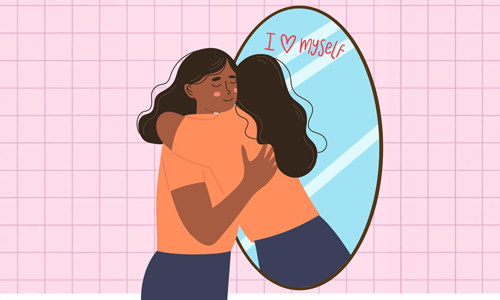
When you’re feeling low, it’s easy to be harsh on yourself. Practicing self-compassion means treating yourself with kindness. It’s about permitting yourself to rest and not being too hard on yourself when things feel tough.
| Self-Compassion Practice | Details |
| Positive Self-Talk | Remind yourself that it’s okay to feel how you’re feeling. |
| Allow Time for Rest | Give yourself breaks without guilt when you need them. |
| Small Acts of Kindness | Treat yourself to something nice, like a warm bath or your favorite meal. |
5. Mindfulness and Deep Breathing

Mindfulness and deep breathing exercises can help calm your mind when it feels overwhelmed. They don’t take long and can be done anywhere, helping you find a moment of peace in the middle of your day.
| Technique | Details |
| Deep Breathing | Focus on taking slow, deep breaths to calm your nerves. |
| Mindfulness Meditation | Spend 5 minutes paying attention to your breath or surroundings. |
| Guided Relaxation | Listen to a guided relaxation audio to ease tension. |
6. Set Realistic, Small Goals
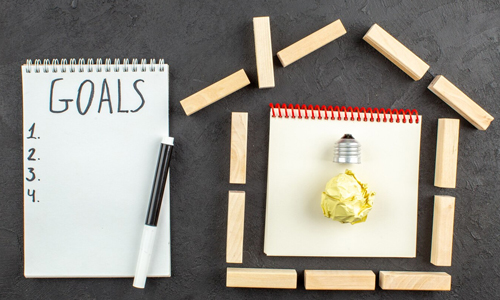
Setting small, realistic goals can give you a sense of accomplishment when things feel overwhelming. It’s about breaking things down into manageable steps and celebrating the little wins.
| Goal | Details |
| Morning Task | Get out of bed and make your bed to start your day. |
| Daily Activity | Choose one task like cooking a simple meal or taking a shower. |
| Weekly Achievement | Aim for a bigger task, like organizing a small area or calling a friend. |
7. Limit the Negative Triggers, Unplug When You Need To

Taking breaks from things that bring you down, like social media or certain situations, can be an important part of managing depression. It’s about setting boundaries and creating a space where you feel safe and comfortable.
| Action | Details |
| Social Media Break | Take time away from social media if it feels overwhelming. |
| Spend Time in Nature | Go for a walk in a park or spend some time outside to relax. |
| Create a Cozy Space | Set up a spot in your home where you feel comfortable and calm. |
8. Seek Professional Help, It’s a Sign of Strength, Not Weakness

Reaching out to a professional like a therapist or doctor is a positive and brave step. They can help you understand what’s going on and find the right treatment for you, whether it’s therapy, medication, or a combination of both.
| Step | Details |
| Therapy Session | Schedule a session with a therapist to talk about your feelings. |
| Doctor’s Appointment | Visit a doctor to discuss options like medication or referrals. |
| Online Counseling | Explore virtual counseling if in-person sessions aren’t an option. |
9. Focus on What You Can Control
Depression can make you feel powerless, but focusing on small things can help in empowering yourself. It’s about taking small steps to improve your daily environment and well-being.
| Focus Area | Details |
| Healthy Eating | Prepare simple, nutritious meals to take care of your body. |
| Sleep Schedule | Aim for consistent sleep and wake-up times. |
| Personal Space | Keep your space tidy and add small things that make you happy, like plants or cozy blankets. |
10. Give Yourself Time, It’s a Journey, Not a Race
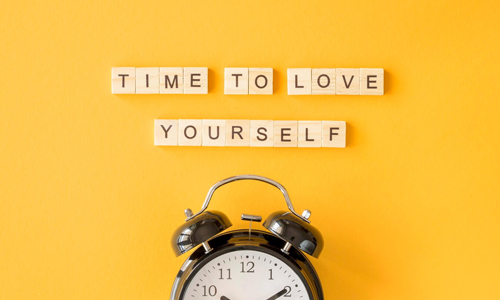
Remember, recovery doesn’t happen overnight. It’s about taking things one step at a time and being patient with yourself. Small changes add up over time, and it’s okay to move at your own speed.
| Action | Details |
| Celebrate Small Wins | Acknowledge when you accomplish small goals, like getting out of bed or finishing a task. |
| Be Patient with Yourself | Remind yourself that it’s okay to take things slow. Recovery is a process. |
| Keep a Journal | Write down your feelings and any progress you make, even if it’s small. |
What to Do When Depressed?
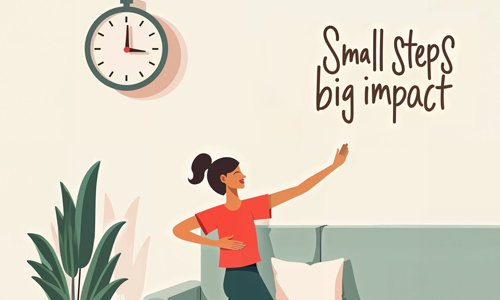
You might feel stuck, overwhelmed, or completely drained of energy. In those moments, it’s hard to know what to do. The key is to be gentle with yourself and focus on manageable actions that can bring some relief.
1. Switch Your Environment

Sometimes, a change of scenery, even a small one, can make a huge difference. If you’re lying in bed or on the couch feeling low, try moving to a different room or sitting by a window where you can get some natural light. Changing your physical space can help break the cycle of negative thoughts and give you a fresh perspective, even if it’s just for a moment.
2. Create a Sensory Escape
When depression hits, your thoughts can get out of control. A good way to break that cycle is to create a “sensory escape” with things that calm your senses.
Touch

Wrap yourself in a soft blanket or take a warm bath. The physical sensation can help ground you and bring a bit of comfort when your mind is racing.
Smell

Light a scented candle that is diffused with essential oils like lavender or eucalyptus. Calming scents can help relax your mind and body.
Sound

Listen to soothing music or nature sounds like rain or ocean waves. You can even listen to ASMR (soft, relaxing sounds) to help calm your mind and give you a break from intrusive thoughts.
These small sensory changes can create a comforting environment where you feel safe and secure, even if just for a short while.
3. Do a “Reset” Task

Sometimes, all you need is to feel a small sense of accomplishment to shift your mood. A “reset” task is a small, simple action you can do to feel like you’ve made progress.
It could be something as simple as:
- Making your bed
- Washing your face
- Brushing your teeth
- Tidying up one corner of a room
These tasks might seem tiny, but they create a feeling of order and accomplishment, even when everything else feels out of control. It’s like hitting the reset button on your day and giving yourself a fresh start.
4. Practice the 5-Minute Rule
When depression makes everything feel like too much, set a timer for 5 minutes and commit to doing anything that feels manageable in that time. Maybe it’s folding a few clothes, doing some stretches, or writing down your thoughts. The idea is to get yourself moving in small steps. Often, once you start, you’ll find that you can keep going for a little longer, but if you can’t, that’s okay too, five minutes is still a win. It’s all about breaking things into small and manageable pieces.
5. Write a “Reality Check” Note
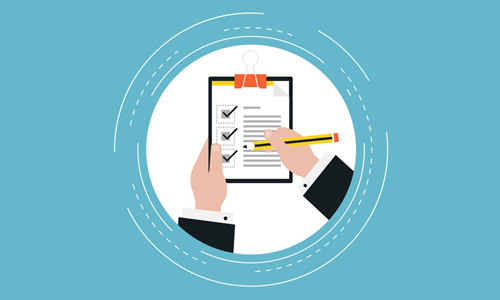
When negative thoughts start to pile up, they can feel so real and heavy. Take a moment to write yourself a short note that challenges those thoughts.
It could be something as simple as:
- “I’m struggling right now, but I have gotten through tough days before.”
- “These feelings will pass, even if it doesn’t feel like it right now.”
- “It’s okay to feel this way, I don’t need to be perfect.”
Put the note somewhere visible or carry it with you so you can pull it out when you need a reminder that these thoughts don’t define you, they’re just thoughts.
Diagnosis and Tests
Depression isn’t always easy to identify on your own, and that’s why doctors and mental health professionals use specific tools and tests to assess your symptoms and overall well-being. Here’s how the diagnosis process typically works, and the kinds of tests you might encounter,
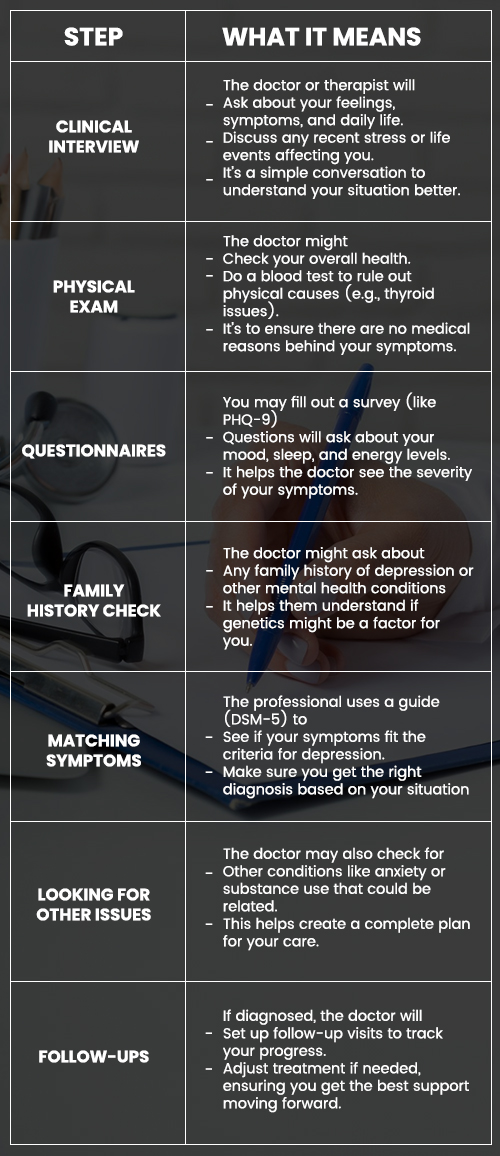
It’s Time to Reclaim Your Joy
The 30-Day Positivity Challenge is a fun way for readers to build small, positive habits every day. It focuses on self-care, mindfulness, and joy with simple tasks that are easy to do. By the end of the 30 days, participants will have created healthy routines to help improve their mood and well-being.
(Game 1) 30 Days Positivity Challenge
Instructions
- Each day, complete the task listed for that day.
- write down a short note in your journal or diary about how you feel.
- By the end of the challenge, look back at your notes to see the progress you’ve made.
Challenge Calendar

Tips For the Challenge
- Don’t worry if you miss a day, just pick up where you left off.
- Feel free to adapt any task to fit your comfort level and what feels good to you.
- Keep a journal to track your progress and note how each task makes you feel. This can be a great reminder of your growth and achievements.
This 30-day Positivity Challenge is designed to be flexible and simple, so anyone can join in and find a moment of positivity each day.
(Game 2) Mood Playlist Challenge
Make a playlist that lifts your spirits, calms your mind, and fits your mood. For the next 7 days, we’ll work on creating the perfect playlist that matches your feelings and boosts your positivity. Each day has a theme, so by the end, you’ll have a collection of songs to support you through different emotions.
What to Do?
- Each day, follow the theme and add songs to your playlist that match the mood.
- Listen to your playlist whenever you need a boost or want to tune into your emotions.
7-Day Mood Playlist Challenge
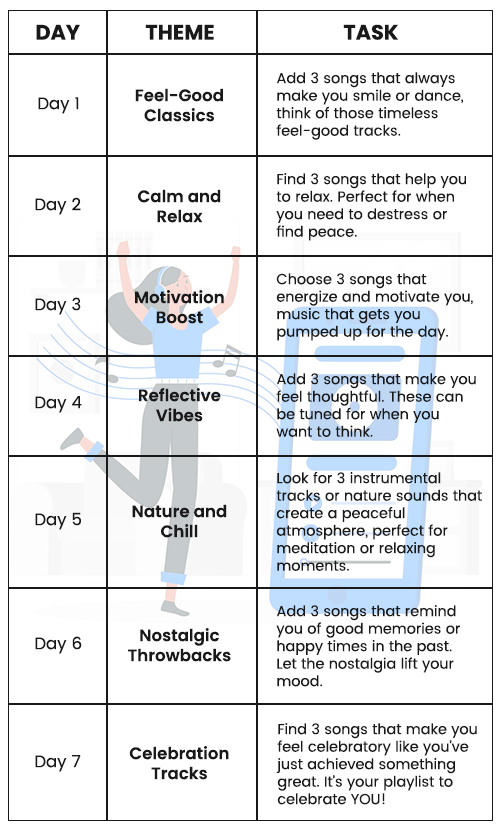
Tip
Share your playlist with friends or on social media using the hashtag #MoodPlaylistChallenge to inspire others and discover new songs that can lift your mood.
I hope you have a better idea of what depression is and some ways to overcome it. Remember, it’s all about finding what works for you. You can try different activities, like making a playlist or joining a challenge, to boost your mood. There are also games and fun activities that can help lighten your spirit and distract you from negative thoughts. Just take it one step at a time, and don’t forget to reach out for support when you need it.
Linda
Related posts
Women Tips
Privacy Overview
| Cookie | Duration | Description |
|---|---|---|
| cookielawinfo-checkbox-analytics | 11 months | This cookie is set by GDPR Cookie Consent plugin. The cookie is used to store the user consent for the cookies in the category "Analytics". |
| cookielawinfo-checkbox-functional | 11 months | The cookie is set by GDPR cookie consent to record the user consent for the cookies in the category "Functional". |
| cookielawinfo-checkbox-necessary | 11 months | This cookie is set by GDPR Cookie Consent plugin. The cookies is used to store the user consent for the cookies in the category "Necessary". |
| cookielawinfo-checkbox-others | 11 months | This cookie is set by GDPR Cookie Consent plugin. The cookie is used to store the user consent for the cookies in the category "Other. |
| cookielawinfo-checkbox-performance | 11 months | This cookie is set by GDPR Cookie Consent plugin. The cookie is used to store the user consent for the cookies in the category "Performance". |
| viewed_cookie_policy | 11 months | The cookie is set by the GDPR Cookie Consent plugin and is used to store whether or not user has consented to the use of cookies. It does not store any personal data. |

